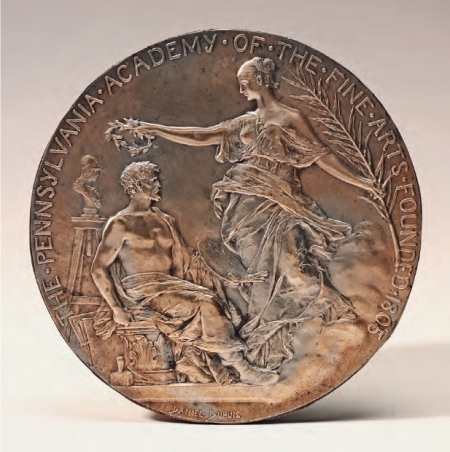The first decision I reached during my 2012–2013 term at CASVA was to relinquish the chronological order of the project’s original title and to retitle it “Duchamp’s Message, Manet’s Testament, Broodthaers’ Lesson.” It made sense to start from the arrival of the news, carried by Duchamp’s readymades, that the fine-arts system had been replaced by the art-in-general system in which we presently live and which is often described as a post-Duchamp art world—a misnomer in my opinion, for I see Duchamp as the messenger, not the author, of this change. Fountain, the most famous of Duchamp’s readymades, appeared in 1917 at the first show of the New York Society of Independent Artists, modeled on the Paris Société des artistes indépendants. The latter’s claim of independence from the state led me to follow a trail that led from its creation in 1884 back to that of the Société des artistes français in 1881; to the disastrous 1880 Salon, the last one to have been held under the auspices of the Ministère des Beaux-Arts; and to the impressionist exhibitions of the 1870s, events that, taken together, tolled the knell of the whole state apparatus of the French Beaux-Arts system. Chapter 1 tells that story. In the process of writing it, I collected and verified a large amount of quantitative data regarding the Salon artists, jury, and audience, which will be most useful for chapter 2 as well as for the part of my project on Manet. If, as many believe, Manet is the first modernist painter, then the rules and the demographics of the Salon are relevant to our understanding of modernism. Indeed, Manet’s pictorial testament, A Bar at the Folies Bergère (1882), is an ambitious Salon painting. I am convinced that the nineteenth-century French Salon set the conditions for modernism in painting—which is not to say that those conditions determined or explained its aesthetic features in any way. The reinterpretation of modernism my project strives for does not recount (once again) the triumphal victory of the avant-garde over academicism. Neither does it aim at a revisionist upturning of the modernist canon. My method is a brand of
Chapter 2 will deal with the reassessment of modernism in painting. I put it on the back burner because I found it more urgent to address historically the theoretical pivot of the whole trilogy: in the art-in-general system, in which anything can be art, are cases (for which Duchamp’s readymades were prototypes) that call for an aesthetic decision as to whether a given object deserves to be called a work of art. In those cases, positive judgments take the form of “This thing is art.” As long as the Beaux-Arts system was stable enough, aesthetic judgments were stated as “This painting is beautiful,” “This piece of music is sublime,” and so on. But in the peculiarly unstable conditions of the French Salon, a point was reached around 1860 where what was at stake was whether a given picture deserved to be called a painting at all—in the words of the critics of the time, un tableau. If not, the picture in question would fall into a strange limbo, which chapter 3 argues was the limbo of non-art, the limbo out of which Duchamp later pulled Fountain. Clement Greenberg thought Fountain demonstrated that art is not an honorific status. This is not for the critic to decide. Whether works of art enjoy honorific status is best gauged by the status they confer on their makers in specific societal conditions. The
Members' Research Report Archive
Duchamp's Message, Manet's
Thierry de Duve, Université Lille 3 (emeritus)
William C. Seitz Senior Fellow, 2012–2013
When I was a CASVA fellow in the mid-1990s, my project was “The Notion of Artistic Convention in French Avant-Garde Painting in the Second Half of the Nineteenth Century.” I was able to gather a great deal of historical information and to initiate the interpretive stage of the long-term research program I still pursue today. Part of that material found its way into Look: 100 Years of Contemporary Art (2001). Another part, reworked over the years in a variety of seminars, led to a reformulation of the initial hypotheses around a more focused project, a “trilogy” on Édouard Manet (1832–1883), Marcel Duchamp (1887–1968), and Marcel Broodthaers (1924–1976), which would draw the contours of a historically argued theory of modernism in the visual arts.

Jean-Baptiste Daniel Dupuis, Medallion for the Pennsylvania Academy of the Fine Arts, probably 1893. National Gallery of Art, Washington, Mark and Lynne Hammerschlag Fund in honor of Nicholas Penny
- Daniel-Dupuis, Jean-Baptiste
- French, 1849 - 1899
- Jean-Baptiste Daniel-Dupuis
- Medallion for the Pennsylvania Academy of the Fine Arts
- probably 1893